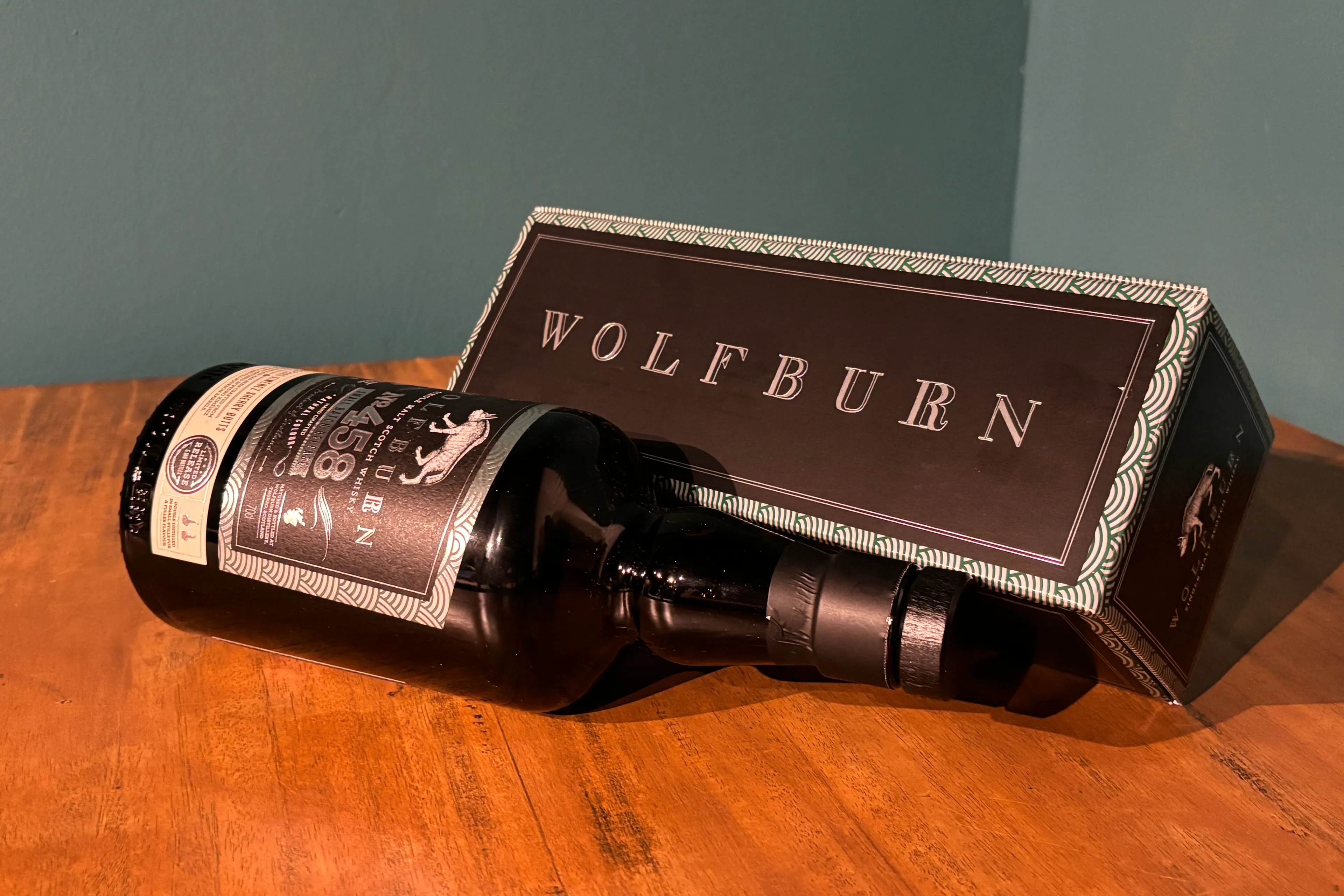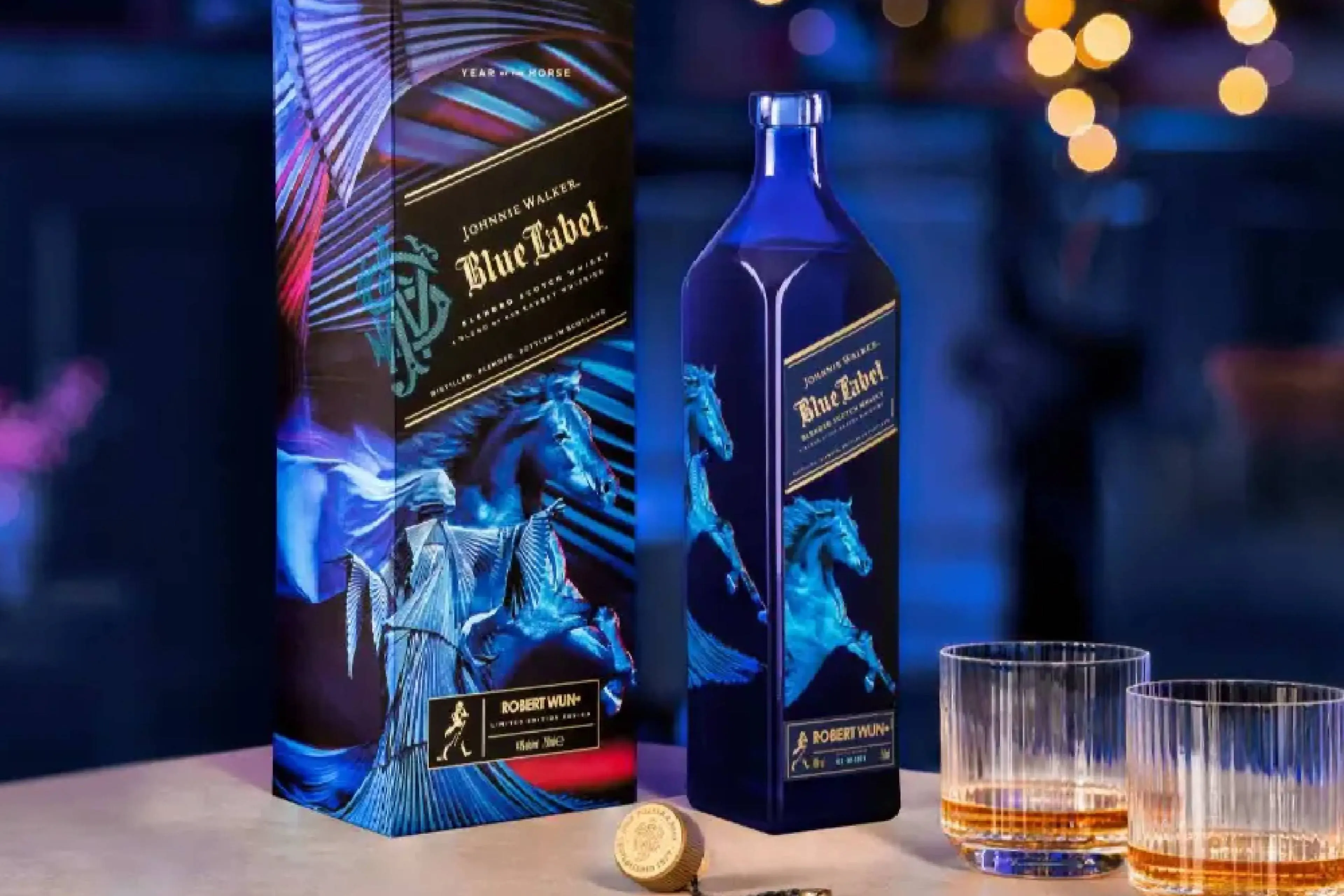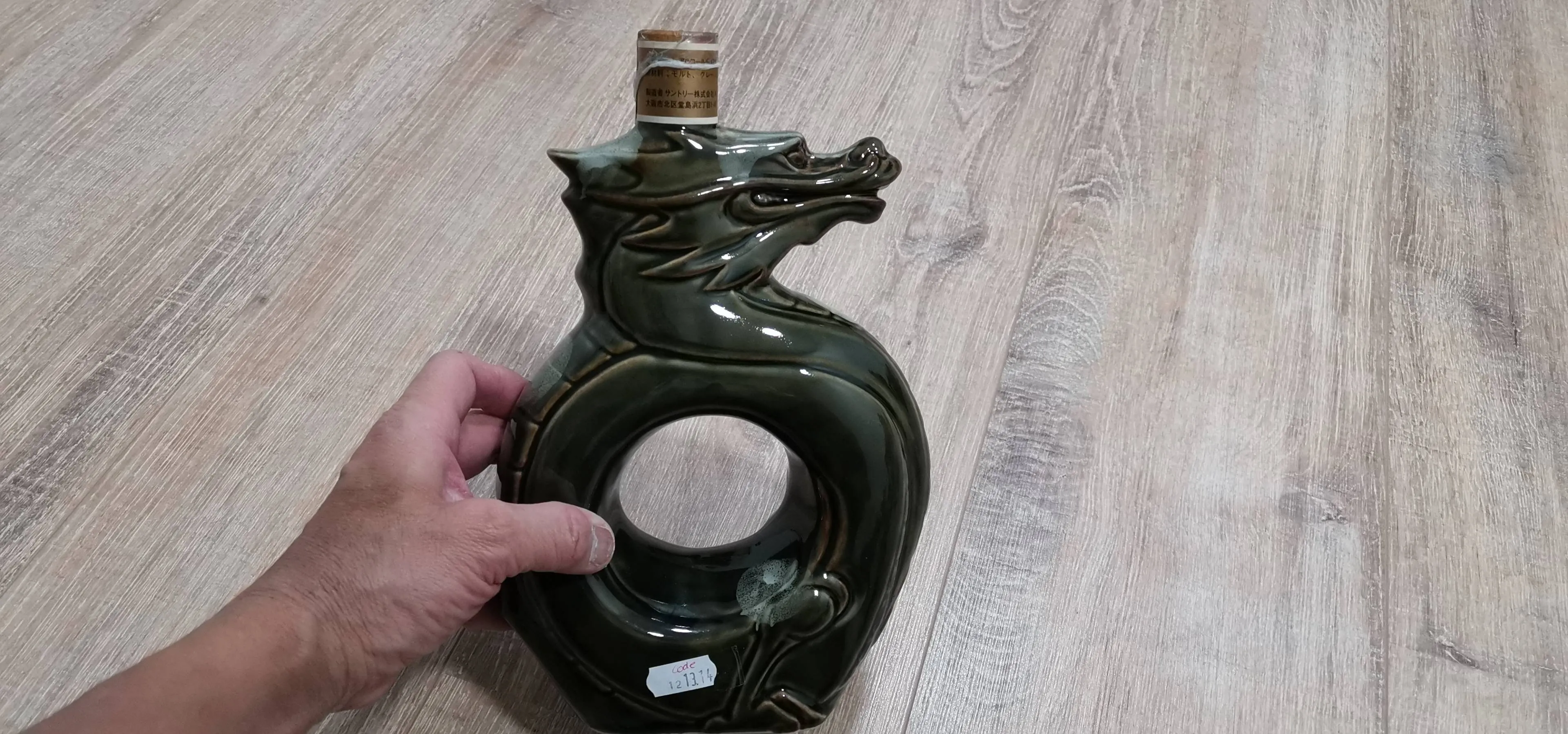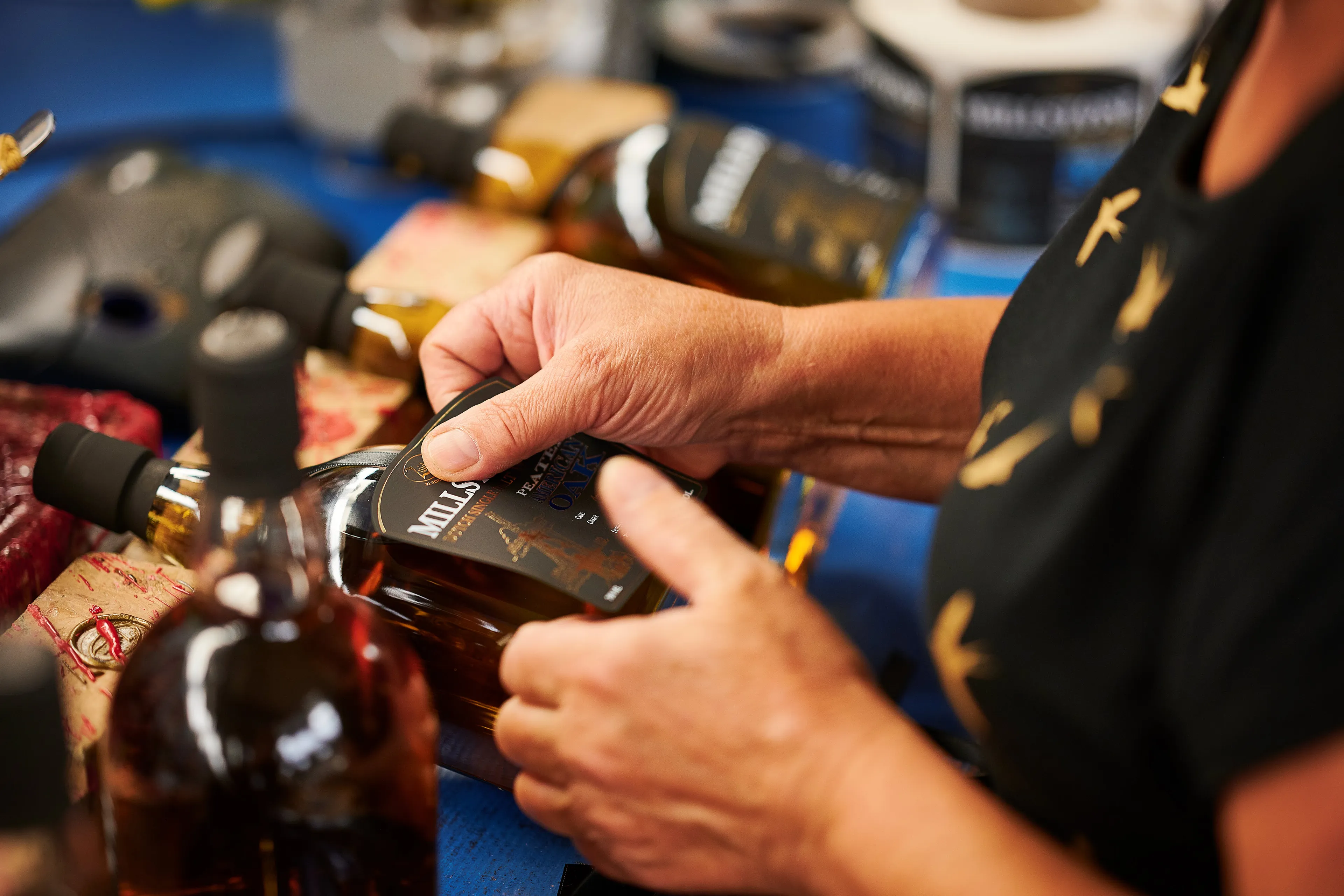
The shelves at the liquor store are lined with gorgeous whisky bottles, each enticing in its own way from a distance. A label isn’t just a pretty face for a whisky: it often tells you exactly what to expect. Here’s how to read a whisky label like a pro.
When you judge a whisky label from a distance, you’ll likely go with your gut. The label that stands out most is the one you’ll grab first. But if you really want to know what’s inside the bottle, you’ll need to learn how to read the label. What does it actually say?
Where the whisky comes from
Let’s start with the obvious: the whisky’s origin. Labels usually feature the name of a distillery or bottler in large type. Handy for brand loyalists, because you can spot an Ardbeg, Laphroaig, Jura, The Macallan or Signatory in no time.
The name on the bottle tells you where the whisky was made. That’s essentially how it works for distilleries. Every distillery has its own character, so you have a rough idea of what to expect. Ardbeg, for instance, is smoky, while The Macallan typically isn’t.
Sometimes you’ll see the name of an independent bottler such as Signatory, Gordon & MacPhail, or Douglas Laing. In those cases, there’s an extra layer: bottlers buy casks from distilleries. They’ll usually note where the spirit was distilled.
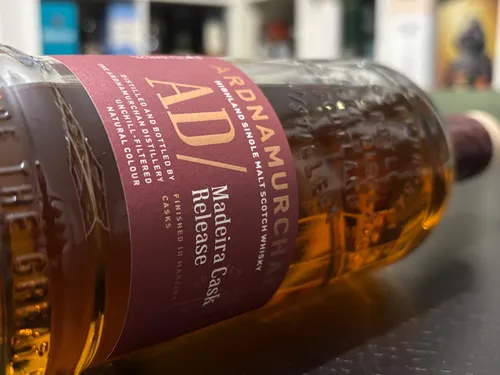
What kind of whisky is in the bottle?
Another key detail is what kind of whisky you’re actually looking at. Scottish distilleries generally produce single malt, but there are also single grain whiskies, blended whiskies, rye whiskies, and more.
A few common whisky types:
- Single malt: whisky made from malted barley, from a single distillery.
- Single grain: whisky from a single distillery, but not necessarily made from barley.
- Blended whisky: a mix of different distilleries and styles.
- Blended malt: a blend of multiple single malts, with no grain whisky.
- Bourbon: an American whiskey style made primarily from corn.
- Rye whisky: a whisky made predominantly from rye.
While some whisky lovers start salivating at the mere mention of single malt, it isn’t automatically the best whisky. There are phenomenal blended whiskies (crafted from quality single malts and grain whiskies), and there are also average single malts.
It’s not a quality ranking. You can find outstanding whiskies in every category. The term mainly signals the style and the complexity you might expect: useful when you’re after something specific.
Read also
Cask types and finishes
Cask choice plays a major role in how a whisky tastes. Distilleries usually highlight this clearly on their labels. The type of cask a whisky has matured in makes a big difference to the character of the spirit.
Common examples include bourbon casks, sherry casks and, increasingly, wine casks. You’ll also see more exotic maturations like rum or tequila casks.
The casks used give you a clue about the flavors you can expect. Bourbon casks often bring vanilla and spice. Sherry and wine casks typically add drier or sweeter fruit notes.
Then there are cask finishes in all sorts of wood. These also hint at the flavors in the bottle. Distilleries love to experiment with finishing, and it can lead to some striking whiskies.
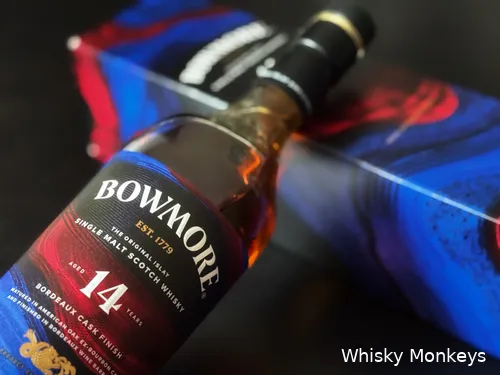
The box and label are vibrant and beautifully accent the whisky
How limited is a whisky?
You’ll often see the term Limited Edition on a bottle. That’s not surprising: whisky is usually produced (and matured) in finite runs. Still, some releases are more limited than others. Terms that truly indicate a limited release include:
- Batch: a smaller run, often with natural variation.
- Single cask: whisky drawn from a single cask, making it genuinely unique. No two casks are identical.
Armed with this label know-how, you should find it easier to decode what you’re looking at. Think of the label as a map to the whisky inside guiding your expectations from the moment you crack the seal.
Read also
loading
POPULAR NEWS
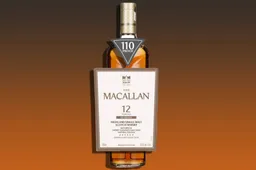
The Macallan Releases a Whisky Bottled at a Remarkably High ABV
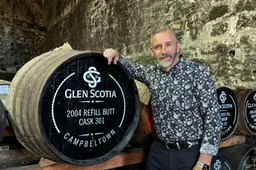
Update - Is Iain McAlister Leaving Glen Scotia This Month?
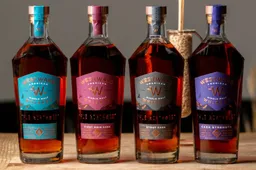
A Beloved Whiskey Brand Just Went Bankrupt, but the Doors Remain Open
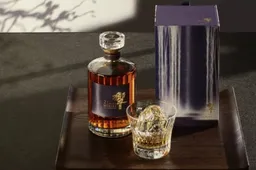
Black Friday 2025 Whiskies at The Whisky Exchange: Don't Miss These Deals
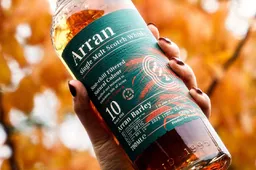
Arran Launches a New Whisky Series with an Exceptionally Fruity Single Malt
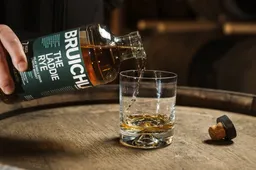
Bruichladdich debuts a new rye whisky, but you won’t find it everywhere

Is Whisky Still a Smart Move in 2025? 5 Reasons It Still Makes Sense
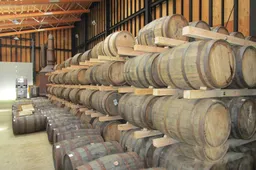
Update - Is This The Definitive End for Hooghoudt? Nearly 600 Barrels Head to Auction
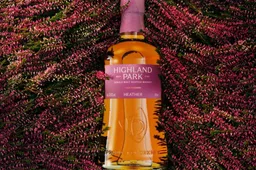
Highland Park's Latest Whisky is Both Floral and Formidable

The Hearach Whisky Gets a Stylish Twist, Courtesy of Sunspel
LATEST COMMENTS
- Hi Yvonne, Thank you for your response and for sharing the video. Unfortunately, the evidence you referred to consists only of two people talking about the whisky, without any explanation or identification. We have not spoken to the individuals in the video ourselves, nor can we verify who they are. We describe it as a Chinese whisky because it is released by a Chinese distillery. As you mentioned, the distillery has chosen to label the product as “pure malt” instead of “Chinese whisky.” Based on that, we do not believe they are doing anything illegal.M0nkey16-11-2025
- So - you have the proof......where's your write up?Yvonne16-11-2025
- You are absolutely right. Luckily that doesn't matter for the taste of the whisky. Have you tried it yet?M0nkey05-11-2025
- Guess what? Finland is not part of Scandinavia.Gray105-11-2025
- Throw in the towel? You mean restructure to compete and win in a challenging industry environment.WestwardFounder21-10-2025
- There is nothing legally to prevent the English whisky GI from coming into force, it complies with all the relevant laws and the single malt definition follows the precedent of Welsh whisky and US whiskyChefBear15-10-2025
- Three emails sent (two with videos, linked to a Google Drive Share). 1. The original video. 2. The video with subtitles as it was shared on YouTube 3. Screen grab of the YouTube channel where the video was blocked due to Pernod Ricard lobbying. The story was covered on Drinks Intel at the time - link here - https://drinks-intel.com/subscriber-news/pernod-ricards-the-chuan-pure-malt-whisky-not-sourced-solely-from-china-global-drinks-intel-exclusive/Yvonne10-10-2025
- Hi Yvonne, Thank you for your interesting comment. Could you share your copy with us, so we can adjust our item accordingly? Mail us at [email protected]. Thank you in advance.M0nkey09-10-2025
- Let's keep this factually correct. Pernod Ricard DID NOT release a Chinese whisky. Their first output from The Chuan (the name of the distillery in Sichuan, China) wasn't fit for bottling. What they actually bottled was imported Scotch whisky. This is why the product is called "PURE MALT" and not "Chinese Whisky" - because Pure Malt is not a regulated term - this is not a secret. This was exposed about a week after they released it. There were even videos about their own staff on site admitting it was made from imported whisky - which Pernod Ricard got the lawyers onto to get the video pulled. I've got a copy if you want it.Yvonne09-10-2025
Loading

